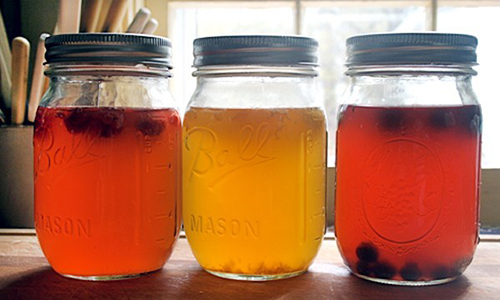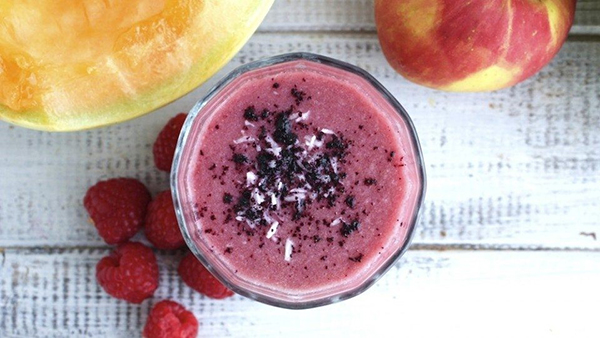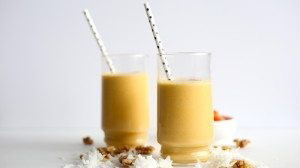Login
Join
Contact
-
-
This month we thought we would look at some mind body trends – yoga vs pilates, some yummy spring smoothies and the ever-current eye lash tinting.
7 Key Differences Between Yoga and Pilates
Both equally as good, both equally as powerful – what’s your choice? Here is a small brief on each and some information to help. Perhaps don’t choose – do both (I do!)
The two exercises are often considered similar, but are, in fact, starkly different.
Here’s a basic guide to help you understand the ways in which these two popular exercises differ so that you can choose the one that’s best for you—or try them both!
The Varying Histories of Yoga and Pilates
Yoga is a sacred tradition that spawned in India over 5,000+ years ago. Its purpose was to connect the individual consciousness to the universal blissful consciousness.
“Together with asanas (postures), breath control, and simple meditation, it improves your physical, mental, emotional, and spiritual health. “The repetition of the asanas and the attention to the details of the poses, helps to calm and quiet the busy mind while building flexibility and strength.”
Pilates is more new-age, although it’s been around for nearly a century. Pilates was founded around 1925 by Joseph Pilates and was mostly used for physical rehabilitation and progressed from rehab centres to woman based and through the USA to Australia. Main goals of strengthening the core, improving posture, stabilizing and elongating the spine, and developing balance and overall strength, remains intact, Dunne adds.
More Than Just a Mat
While both exercises work the body in effective ways, they utilize totally different equipment. For example, Pilates uses machines such as the reformer, Bands, Blocks, Bolsters, props, etc.
Reformer Pilates Machines operate on a pulley system with varying springs for resistance. From here we work on moving and working our body with resistance and this is also used to assist the body in perfecting alignment, improving strength, and improving inconsistencies in the body,”
Yoga, on the other hand, uses mainly a mat, as well as minor equipment to aid in the poses, such as blocks, straps, or a blanket.
The Spiritual Component
This is perhaps one of the biggest differences between yoga and Pilates. To put it simply, yoga is a meditative practice. This means that it works your mind just as much, if not more than your body. It also focuses on breathing techniques to help.
The Method
The mind-body connection is the center of yoga. Therefore, it forgoes exercise machines of any kind. Instead, it allows the body itself to serve as resistance.
For this reason, the class runs starkly different from a Pilates class. In yoga, each class typically ends with a guided meditation and savasana (relaxation).
The Moves
The poses and moves performed during yoga and Pilates are quite different. The amount of time spent holding them is also quite different.
Typically, in yoga, you hold poses for far longer. This allows you to fall more deeply into each pose. You often repeat the flow of these moves, which you do not always do in Pilates, In classic Pilates, you do not hold poses or repeat them in sequences in the same session. “The movements are shorter and with few repetitions with a major focus on control and precision.
Both yoga and Pilates have the same goal of focusing on technique, breathing, and alignment when doing the poses.”
The Intention
Yoga emphasizes the mind-body and spiritual connection and aims to focus the attention of the practitioner inward, Pilates pays attention to the alignment of the body, in addition to the precision and control of each movement. “
The End Result
Depending on what you’re trying to achieve from attending class, one or the other exercise might be more well-suited for you., yoga works your entire body, whereas Pilates mainly focuses on the powerhouse muscles.
But if you’re looking for something more mental, choosing yoga. “Many people choose to do both, however, and reap the benefits of a long lean body and clear mind free from stress!”
SPRING SMOOTHIES
TRY THESE AMAZING COMBOS TO LIFT OFF SPRING – simply add to a blend and MIX.
Orange Beet Protein Smoothie Recipe

Ingredients-
1 1/2 oz swiss chard
-
4 oz beets
-
1 orange - peeled
-
1/2 inch ginger
-
1 lemon - juiced
-
2 tbsp goji berries
-
1 tbsp pea protein
-
1 cup water
-
1 cup ice
Even though pea protein (which is high in muscle building branched chain amino acids), is the real protein star here, swiss chard is a nutrient-dense green that comes with a little bit of protein itself! Beets are high in vitamin C, potassium and folate, and goji berries are an antioxidant-rich fruit that have been used in Chinese medicine for centuries. Ginger is a stomach soother and anti-inflammatory, and lemon helps to reset the alkalinity in your body. Low in calories but high in protein, this smoothie will keep you full and energized all day.
Raspberry Rhubarb Coconut Spritzer

This refreshing spritzer is light and sweet, with a diverse mix of summertime flavours. Like all berries, raspberries bring a handful of antioxidants in a tart little fruit. Coconut isn’t just good for the heart; the tropical fruit (not technically a nut but a “fibrous one-seeded drupe”) helps moisturize with the help of medium-chain fatty acids. Rhubarb and cantaloupe are classic flavours of summer, and maqui berry has antiviral properties that benefit all parts of the body.
Coconut flakes have this special way of transporting us to a tropical vacation.
Ingredients-
1 apple - chopped
-
1 cup cantaloupe
-
2 oz raspberries
-
2 oz rhubarb
-
1 tbsp coconut flakes
-
1 tsp maqui berry
-
1 cup water
-
1 cup ice

Coconut Carrot Cake
Carrots bring a dose of sweetness to smoothies, as well as beta-carotene, vitamin C, and fibre. Bananas are also full of fibre, as well as potassium, and cinnamon is a natural anti-inflammatory that helps with both complexion and regulating blood sugar. Walnuts provide a dose of nutty sweetness and Omega-3s, as well as potent cancer-fighting compounds. Round this healthy breakfast out with some unsweetened coconut flakes, and get your dessert fix without any of those pesky refined sugars.
Ingredients-
5 oz carrots - chopped
-
1 banana - peeled
-
3 tbsp walnuts
-
1 tbsp coconut flakes
-
1 tsp cinnamon
-
1 cup water
-
1 cup ice
Eye lash tinting? The ultimate or is there a down fall?
Are you wondering about eye lash tinting? It is certainly something that is a positive in the world of today’s beauty regime that undoes the endless cycle of applying and taking off mascara… but what’s involved to move to this bliss?
For now, the closest thing to natural, yet perma-defined hairs comes by way of lash tinting, a quick in-salon treatment that gives the illusion of 24/7 mascara for weeks on end, without the clumping or streaking.
But there is a hitch – there is sceptics in regards to the type of dye used on lashes and whether this I harmful to be used around the eyes. Many salons offer natural alternatives and offer a consult service prior to assess colour and skin conditions.
How’s it done?
Once the right shade and type are selected, the dye is applied to the length of each individual lash, then left to tint while the client keeps his or her eyes closed. About 15-20 minutes later, the service is complete.
Benefits:
Quick, Easy and results instant + Beautiful, darker looking lashes without the use of mascara.
How long:
Up to 6 weeks and tip to keep away form lashes getting wet and steam from facials for at least 24 hours after the treatment.
Well Well Well:

-
